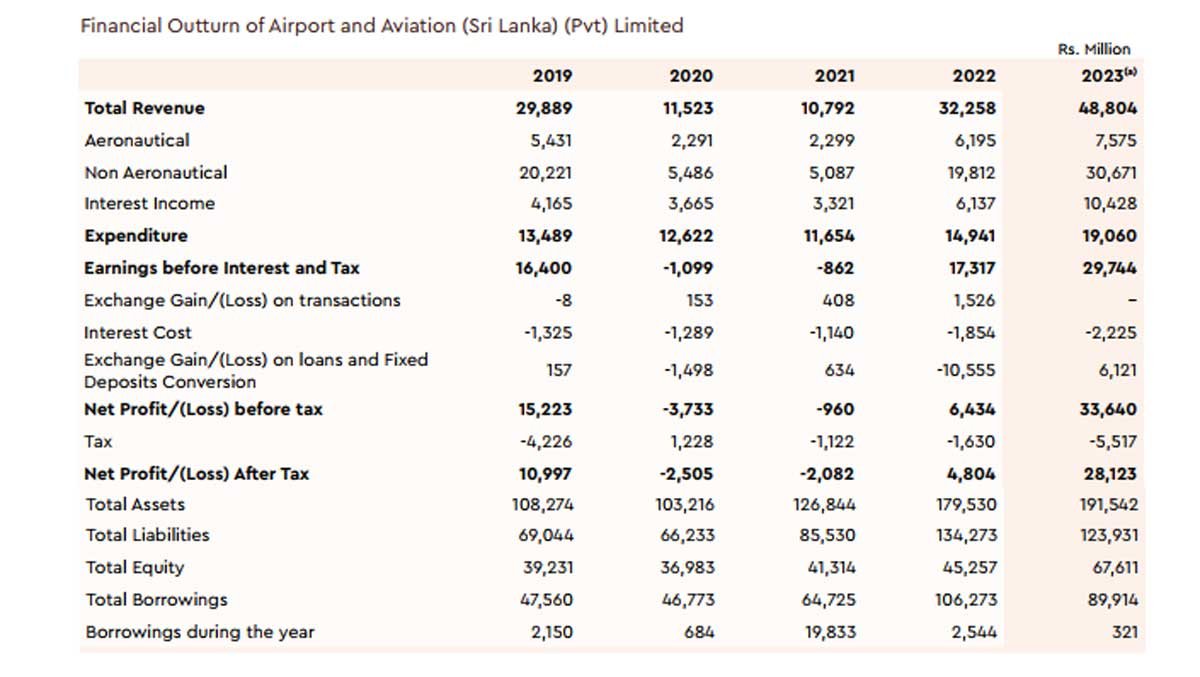
ECONOMYNEXT – Sri Lanka has submitted a roadmap on relaxing vehicle imports to the International Monetary Fund, State Minister of Finance Ranjith Siymabalapitiya said as the country recovers from the worst currency crises in the history of its central bank.
The import relaxation will allow vehicles for public transport, goods transport, then motor cycles and cars use by private individuals and after that, luxury cars, Minister Siyambalapitiya said.
Luxury cars however attract the highest taxes for each dollar spent on imports.
Economic analysts have characterized vehicle import controls as a ‘cascading policy error’ that follows inflationary rate cuts, which then deprive taxes to the state and triggers more money printing and more forex shortages, requiring even higher corrective interest rates and a contraction of economic activities to save the rupee.
According to the latest IMF report car import controls may have led to revenue losses of 0.7 to 0.9 percent of GDP.
Sri Lanka started controlling imports few years after a central bank was set up in 1950 and also tightened exchange controls progressively, so that macroeconomists using post-1920 spurious monetary doctrines taught at Anglophone universities could print money through various mechanisms to suppress rates.
Sri Lanka is working with the IMF as a guide on many issues and the roadmap was submitted to the agency on June 14, Minister Siyambalapitiya said.
The IMF in an economic report released last week the plan was expected to be submitted by June 15.
Whatever the IMF’s faults, which some wags have called ‘progressive Saltwaterism’, the agency does not advocate import controls as solution to balance of payments problems, despite a Mercantilist fixation with the current account deficit in countries with reserve collecting central banks, analysts say.
Import controls have the same effect as import substation on the balance of payments, which is none, classical economists have pointed out and is now mainly a problem associated with macro economists and economic bureaucrats of so-called basket case countries.
Any pressure on the currency or missed reserves targets in the IMF program has come in the past only if the central bank printed money to suppress rates as credit growth picked up from car imports.
Sri Lanka had 3,000 items under import controls when rates were suppressed with printed money from 2020 to 2022 but eventually ended up with the worst currency crisis triggered by macro economists in the history of the country and eventual external default.
A committee made up of the Department of Trade and Fiscal Policy of the Finance Ministry, the Department of Registration of Motor Vehicles, the Central Bank and two associations representing vehicle imports were appointed to come up with the roadmap, he said. (Colombo/June15/2024)
